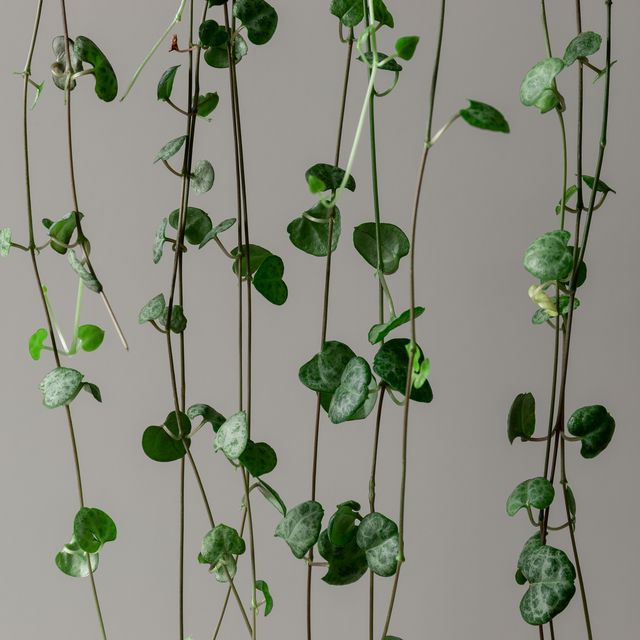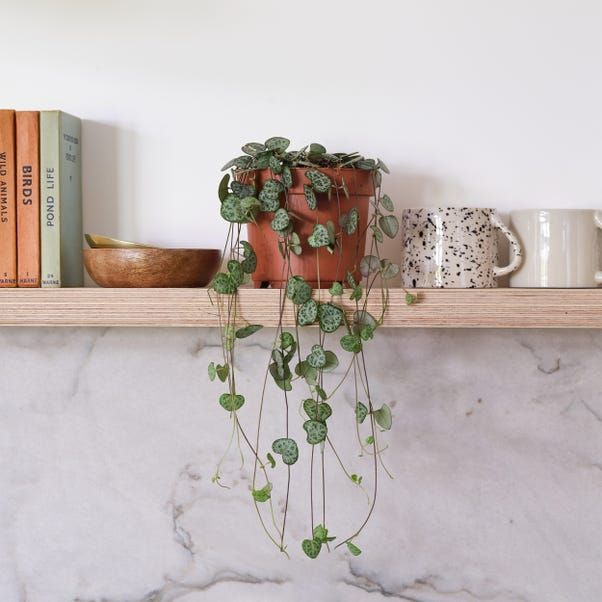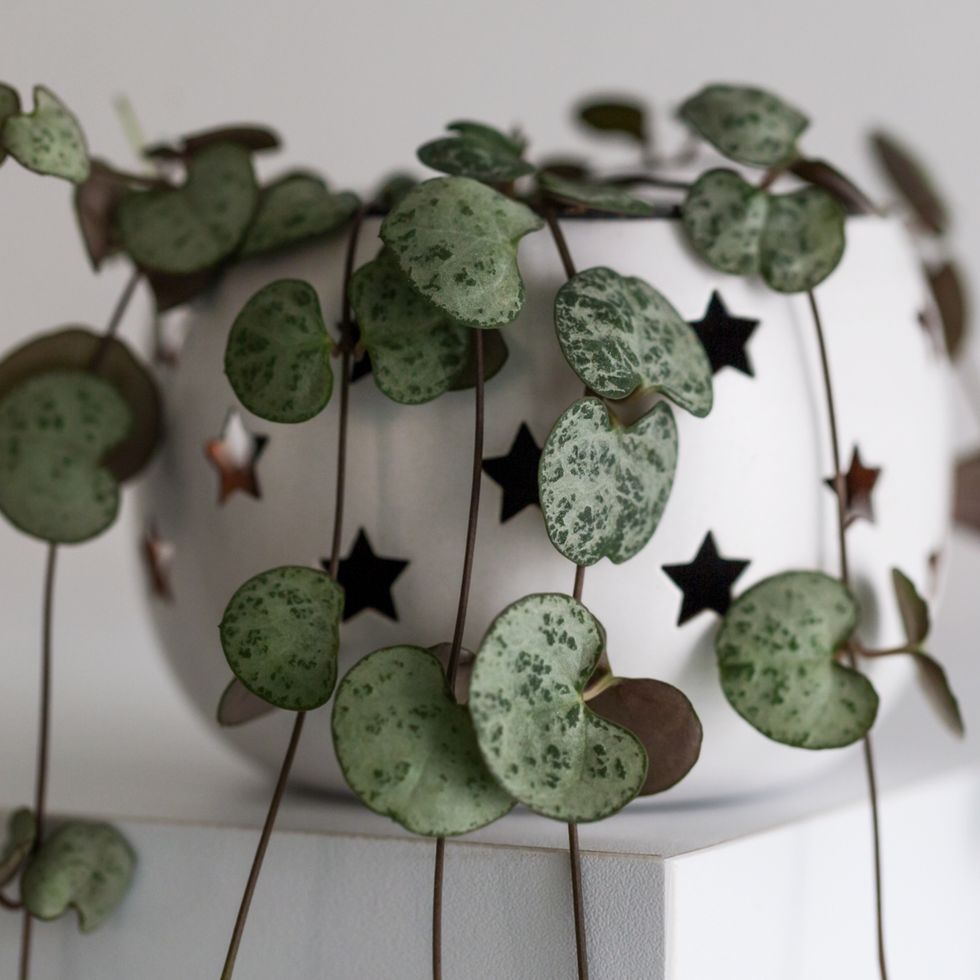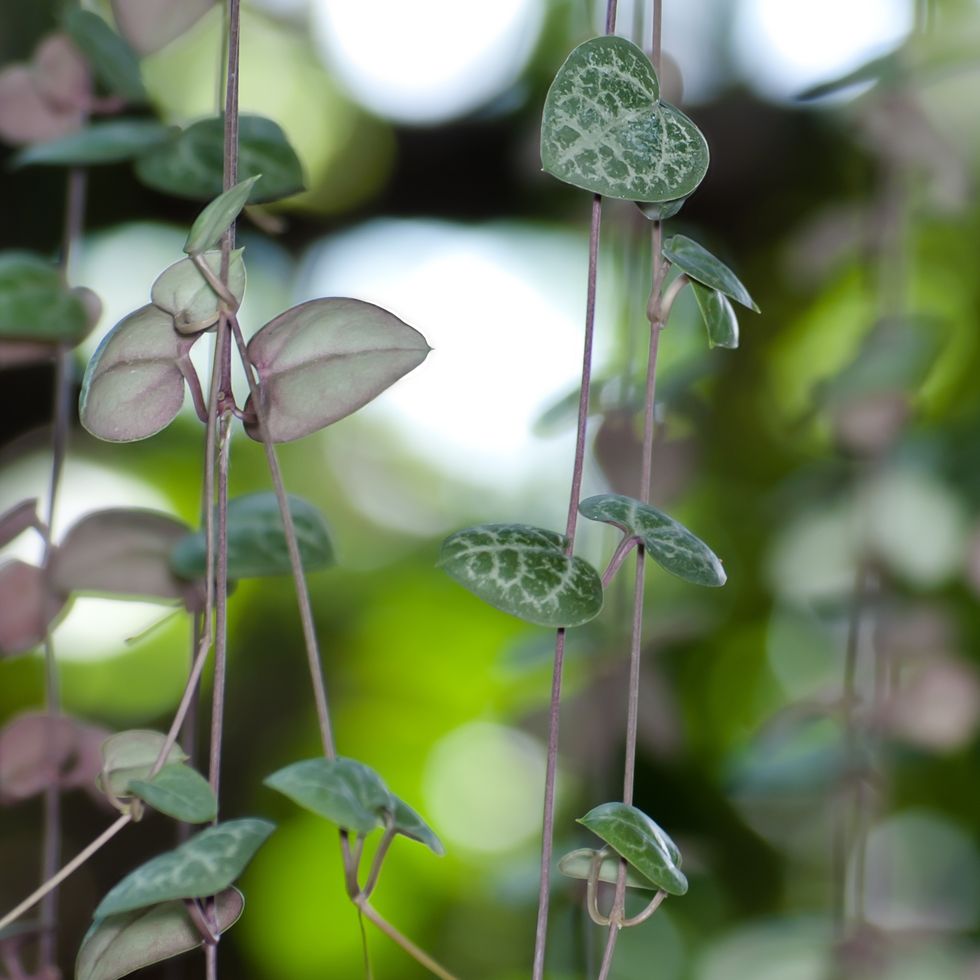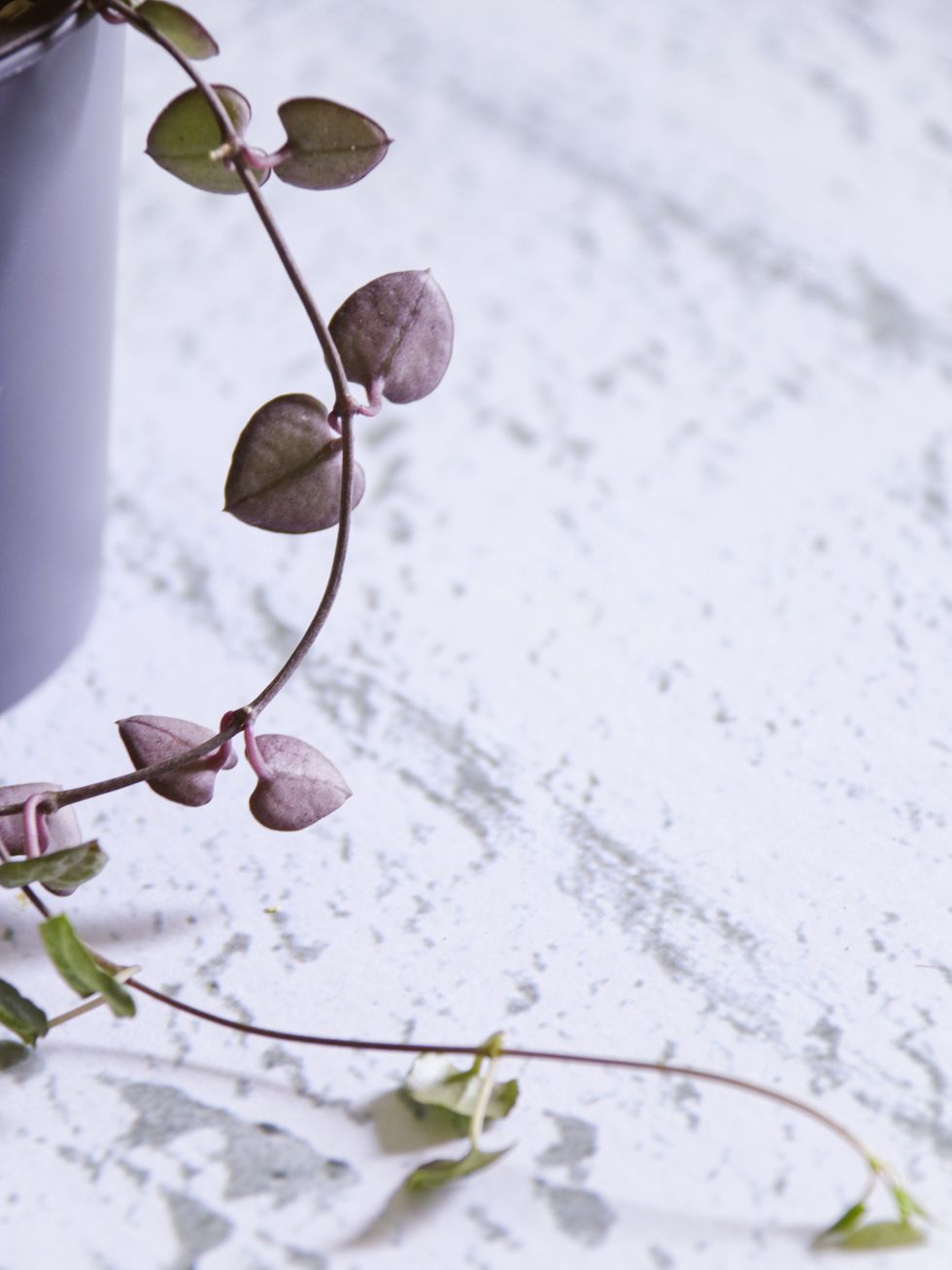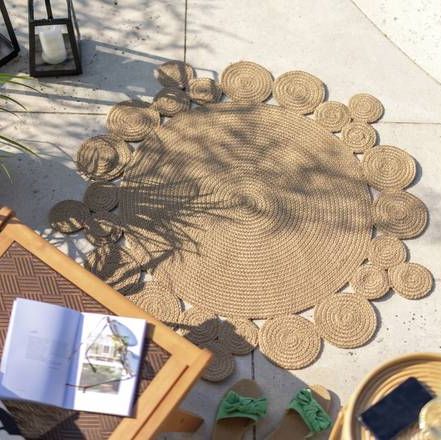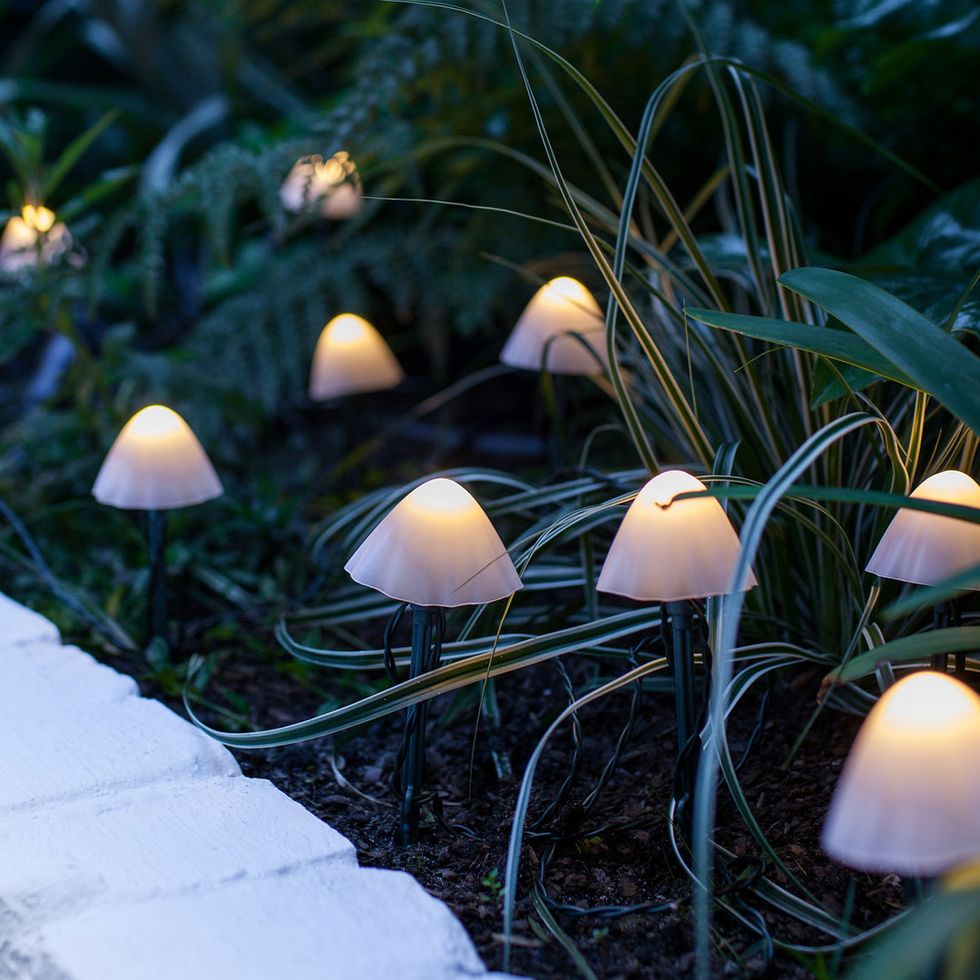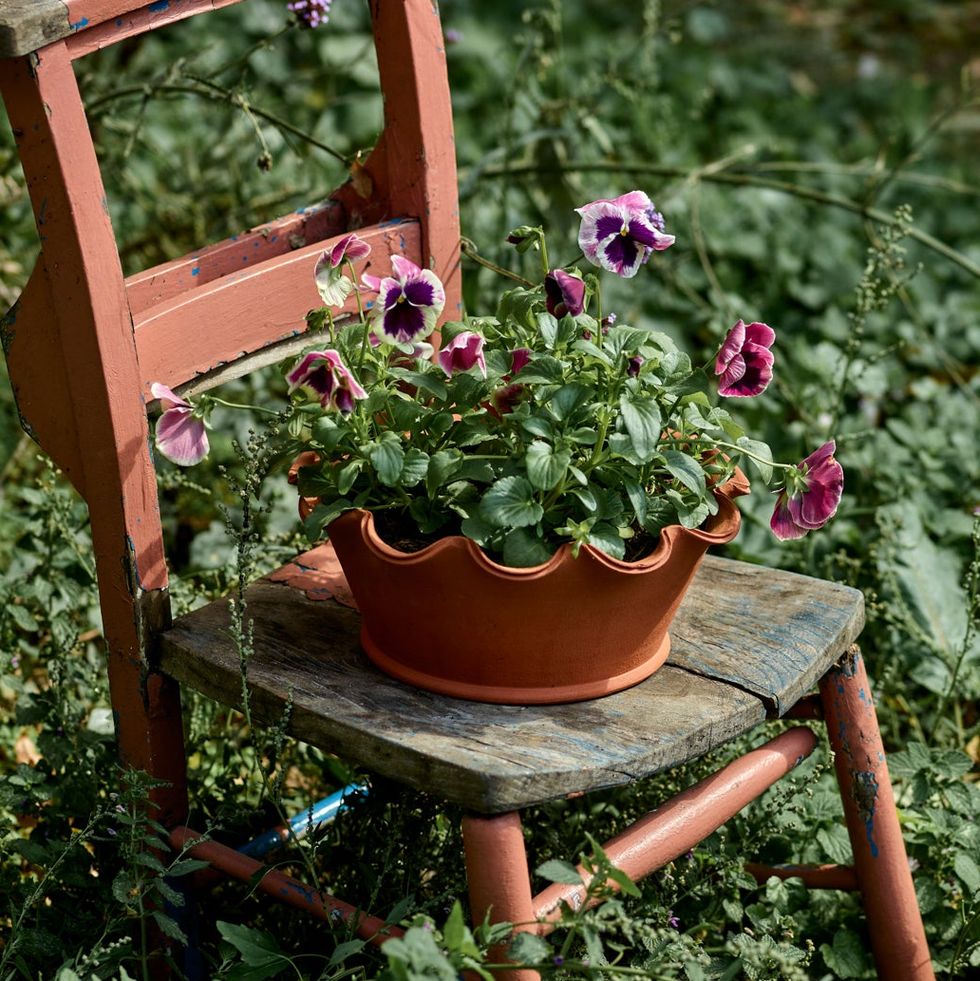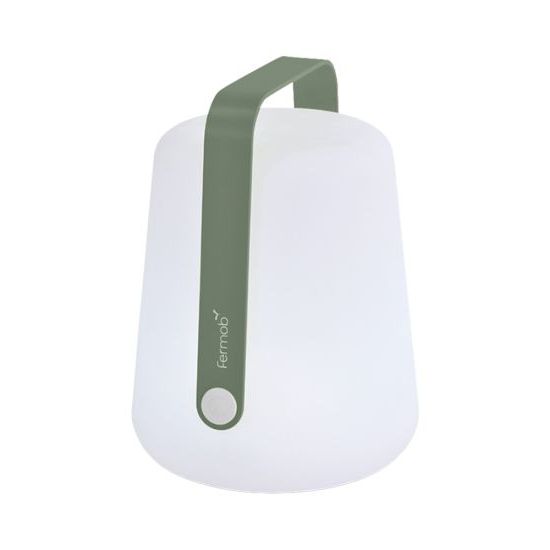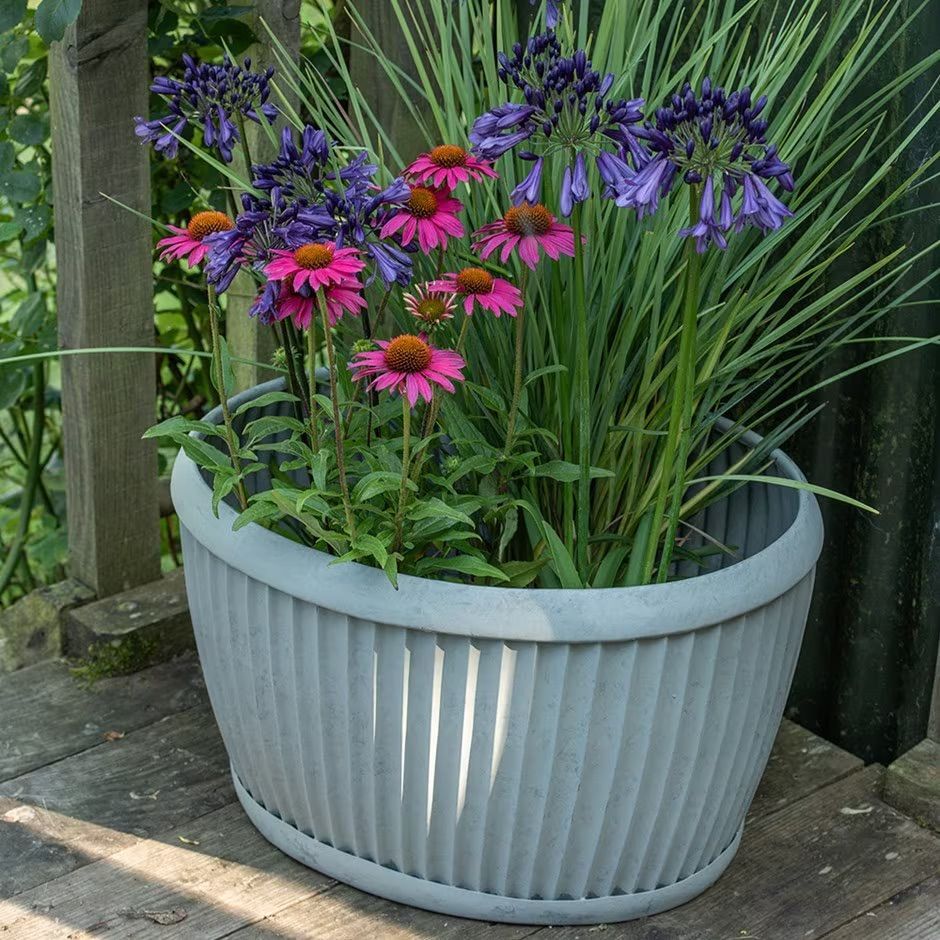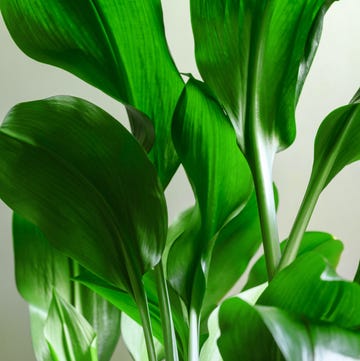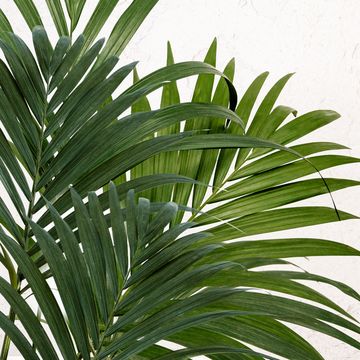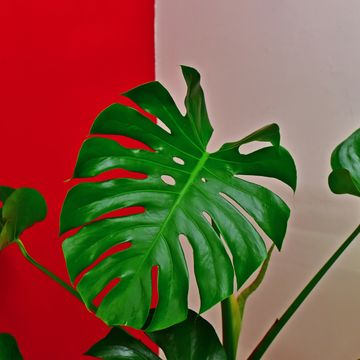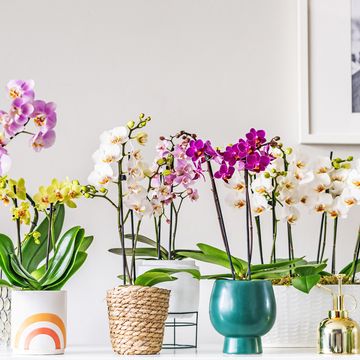The string of hearts plant (Ceropegia woodii) is as lovely as its name suggests. This simple-to-care-for and highly attractive houseplant is an evergreen succulent, and grows in trailing vines ideal for hanging baskets, high shelves or windowsills. Its foliage is heart-shaped and in shades of grey and green with a marbled pattern, whereas the vines themselves are purple. It can be a little fussy in terms of care, but once you've got the hang of it this is an exceptionally rewarding houseplant to have around, with fast-growing leaves and a long lifespan.
What is a string of hearts plant?
Ceropegia woodii is native to South Africa, Eswatini, and Zimbabwe, and is a member of the Apocynaceae family. This plant is a trailing vine with variegated heart-shaped leaves which drape attractively over whatever it's placed on.
The leaves of this succulent can range from dark green to silver and cream to pink, all in a beautifully marbled pattern. While at full size it won't be more than 7-10cm tall, its vines can grow to an impressive 4m, so this is very much a green friend who benefits from having the space to stretch out and cascade happily down your bookshelves.
This plant isn't for you if you're a big fan of flowers, as it's not a particularly impressive bloomer (although the pretty leaves more than make up for this). The string of hearts plant tends to bloom in late summer and early autumn, although it can flower at other times of the year. Interestingly, its flowers are a pale magenta, small and tube-shaped with a bulbous base and look a bit like rosary beads – hence one of this plant's nicknames being the rosary vine.
In the UK, Ceropegia woodii is most commonly found as a houseplant, but in warmer climes such as the Mediterranean it can be grown outside, and is a great choice for ground cover or in a rock garden.
The string of hearts at a glance:
• Botanical name: Ceropegia woodii.
• Other names: String of hearts, sweetheart vine, rosary vine, chain of hearts, collar of hearts, bushman's pipevine, lantern flower, hearts-on-a-string.
• Height and growth rate: At a mature height this plant won't be more than 10cm tall, but its trailing vines can reach lengths of up to 4m. It grows fast under the correct conditions.
• Light: Likes bright light, but won't tolerate direct sunlight. If this plant's leaves are becoming paler in colour, it's not getting enough light.
• Watering: As a succulent, it needs to be watered deeply but not too frequently.
• Temperature: This plant prefers warmer temperatures – around 15 to 30 degrees is ideal.
• Toxicity to pets: Non-toxic – but cats may enjoy toying with the trailing vines, so keep an eye out.
• Plant parent level: While string of hearts don't require too much care and can tolerate neglect well, it's particular about what it needs, so it's a medium in terms of difficulty level.
How to care for your string of hearts plant
Light
The positioning of your string of hearts plant is important, as it needs a lot of bright but indirect light. As with other succulents, too much sunlight will burn its leaves making them scorched and brown, and insufficient light can lead to leaves losing their colour and pattern and becoming paced out on the vine. Next to the brightest window in your house is a good spot to put it – a southern or western-facing window would be ideal.
Watering
If you have other succulents, you may think you have the string of hearts' watering schedule figured out, but this beauty needs more water than others in its species despite still being fairly drought-tolerant. A generous watering once a week in spring and summer, this plant's growing season, is a good guideline. However, the top half of the soil in the pot should have fully dried out between waterings, otherwise root rot could set in. In the autumn and winter the plant will go dormant and watering every three to four weeks will suffice. The string of hearts plant doesn't like to get its feet too wet and too much water can result in leaves dropping and swollen foliage, or even death.
Temperature
The string of hearts is pretty hardy and can deal with the odd drop in temperature. Extended exposure to the cold will kill them, however, so keeping them indoors is the best idea in the UK's climate. Temperatures of around 15 to 30 degrees are ideal.
Fertiliser
Ceropegia woodii appreciates being fed regularly with a succulent-specific fertiliser – this will encourage plenty of growth and keep your plant healthy. It's important to choose a fertiliser that isn't high in nitrogen, as this can result in the string of hearts leaves becoming soft and pliable instead of firm and healthy.
Maintenance
Once you've got the conditions right – warm temperatures, sufficient but not too much water and enough light – this plant will thrive happily by itself. It is robust and is fine with being forgotten every once in a while. As it grows fast, it may need repotting every few years, so keep an eye on the size of its pot. It may also need the odd prune to prevent it from getting leggy.
Common problems with a string of hearts plant (and how to fix them)
Too much water: When given too much water, the leaves of your plant will start to turn brown, yellow and black and feel mushy, and will eventually begin shedding. If this happens, cut down the amount and frequency of waterings to let the soil dry out, and the problem should resolve. It's also key to ensure the plant pot has good drainage.
Not enough water: If the leaves on your string of hearts plant begin to curl or look thin, it's not getting enough water. To fix this, water generously and move your plant to a shadier spot to give it a chance to recover.
Leggy vines and sparse leaves: A string of hearts plant grows fast and can sometimes get a little ahead of itself. If it grows too leggy, its leaves will start to lose their colour and the plant will look less attractive overall. To solve this, neatly cut a couple of vines at their base. You can then insert the cut vines into the soil, which will both propagate the plant and make it look fuller and bushier.
Follow House Beautiful on TikTok and Instagram.
